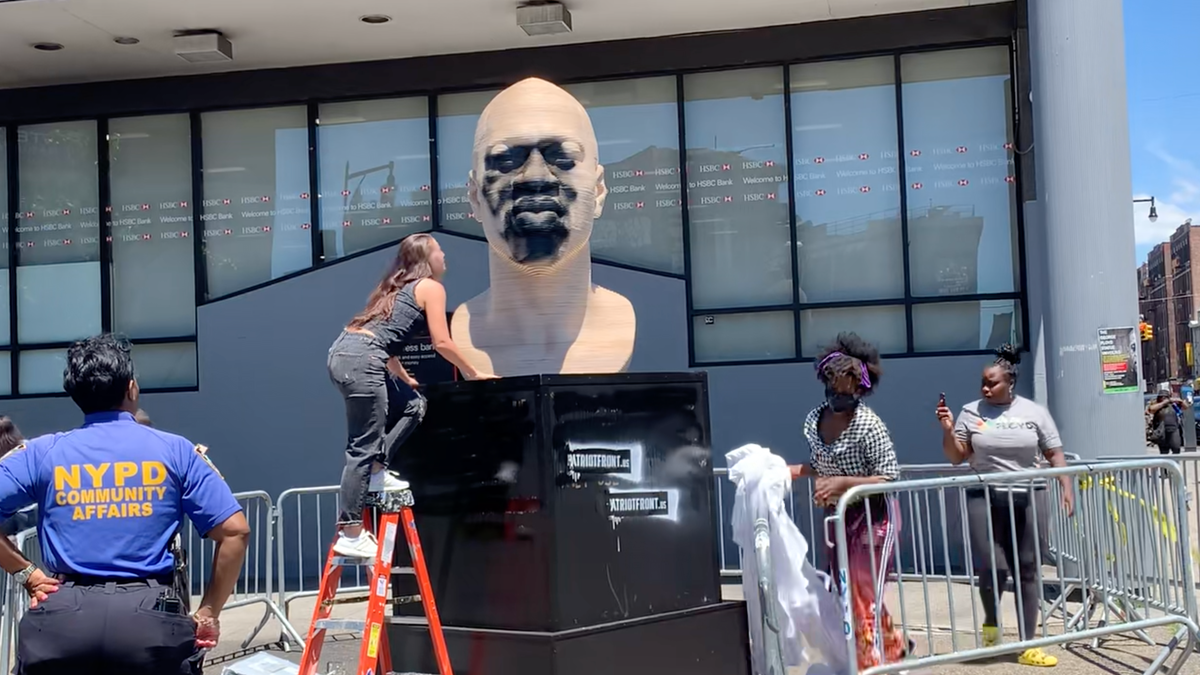 By Alan Mozes HealthDay Reporter
By Alan Mozes HealthDay Reporter
THURSDAY, June 24, 2021 (HealthDay News)
In the world of chronic kidney disease, the dilemma is not uncommon: A relatively young patient with kidney trouble may need a transplant down the road, and an older family member is more than ready to step up. But the need for a kidney transplant, while predictable, is not immediate.
So the older donor doesn't act. Given that donor supply has never met demand, the loss of a golden opportunity — due to age or circumstance — has long frustrated those in the kidney transplant community.
But a new study reports on what appears to be a possible solution to the problem: kidney vouchers.
"It's like a coupon to use in the future," said study author Dr. Jeffrey Veale. He is a renal transplantation specialist with the Kidney Transplant Exchange Program at the University of California, Los Angeles (UCLA) David Geffen School of Medicine. "And it makes a lot of sense. Particularly for people of advanced age who want to be living donors — grandparents, for example — but who would need to donate right now, even if the family member for whom their kidney is intended doesn't need it right now."
Veale explained that when donors sign up for the voucher program, what they're in effect doing is giving their kidney to a stranger with an immediate need. But in so doing they are then given a voucher, which they can then assign to the person or persons they truly want to help.
In turn, that patient can then "cash out" their voucher at any time in the future, gaining immediate "priority status" on the donor waiting list for another living donor whenever their need becomes immediate.
Veale said it was a UCLA patient, Judge Howard Broadman, who first proposed the idea seven years back. Under Veale's care at the time, Broadman had decided to donate one of his kidneys to a stranger, with the understanding that in so doing he could then "bank" a kidney for his grandson, should the need arise.
Kidney vouchers have encouraged 'living donations'
Since then, the voucher program has expanded to 79 facilities across the United States, where the process is highly regulated and controlled.
Kidney vouchers are assigned at the time a donation is made and are non-transferrable. Each donor can assign a voucher to up to five different potential recipients, even including those without kidney disease. But in the end, only one of them — the first in need — will be able to use it.
The vouchers also offer no guarantee that a kidney will actually be available right away. Nor do they move the holder ahead on the queue for a kidney acquired from someone who dies; priority is assigned only for kidneys offered by other living donors. And if the holder dies or becomes, for whatever reason, ineligible for a transplant the voucher becomes null and void.
So, have kidney vouchers triggered an uptick in living kidney donations?
After reviewing data compiled by the National Kidney Registry, Veale said the answer is yes.
Registry figures reveal that between 2014 and 2021, there were a total of 250 donations made under the voucher program at the 79 transplant centers.
Donors ranged in age from 19 to 78. Of those, nearly 8% were over 65 years of age. Nearly two-thirds were women, and nearly all (96%) were white, the findings showed.
Better outcomes when kidney comes from living donor
During the study period, six recipients redeemed the voucher. Meanwhile, the transplant waiting period for those enrolled with the registry dropped by three months, according to the report published online June 23 in JAMA Surgery.
Veale's team concluded that the voucher program does what it's designed to do: convince hesitant donors to move ahead, knowing their loved ones are covered.
"The idea was initially resisted in the transplant community, because it was really outside the box," Veale said. "But it's growing huge. Hundreds of vouchers have been completed. And it definitely makes a difference. There is no question that the program is able to get donors who otherwise wouldn't donate."
Given that "the need for lifesaving [living] kidney transplants significantly outweighs the supply," that's a good thing, said Dianne LaPointe Rudow. She's director of the living donor program with the department of population health science and policy at Mount Sinai Hospital's Recanati Miller Transplantation Institute, in New York City.
Rudow noted that while roughly 98,000 patients are on the kidney transplant waiting list, only about 39,000 transplants are performed each year. Of those, just 5,000 to 6,000 are from living donors.
"Living donor kidneys typically have superior outcomes and last longer," she said. "Plus you can time the transplant before a patient spends years on dialysis."
But while "cautiously optimistic" about the voucher program's ability to improve the numbers, Rudow said it's important that potential donors know the details. For example, she pointed out that as a private nonprofit, the kidney registry "has no federal oversight, and there is no guarantee they will be in existence when the person is ready for a kidney."
Still, "the voucher concept may help people feel comfortable with being a living donor to a stranger, especially if they know there is a protection for their family," Rudow added.

QUESTION
The only purpose of the kidneys is to filter blood. See AnswerMore information
There's more on living kidney donations at the National Kidney Foundation.
SOURCES: Jeffrey Veale, MD, urologist and renal transplantation specialist, Kidney Transplant Exchange Program, UCLA Health, department of urology, David Geffen School of Medicine, University of California, Los Angeles; Dianne LaPointe Rudow, PhD, director, living donor program, department of population health science and policy, Recanati Miller Transplantation Institute, Mount Sinai Hospital, New York City; JAMA Surgery, June 23, 2021, online

Copyright © 2021 HealthDay. All rights reserved.










 English (US) ·
English (US) ·